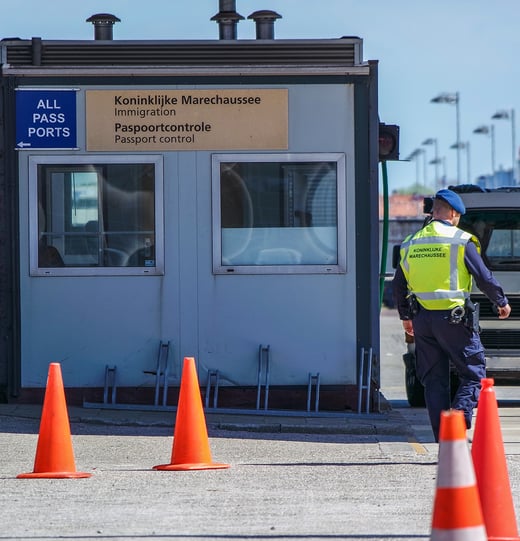Smart moves for smart borders
What should be your next step to prepare for EES?
- Check out our ReadID Me personal app to experience what it means to have a eGate in your pocket.
- Ask your national Frontex contact for more information on the availability of the pre-registration app for your member state.
- Or contact us directly to integrate pre-registration with ReadID in your infrastructure.
- Equip your border control officers with our client-only technology to check identity documents anytime, anywhere with their smartphone.














